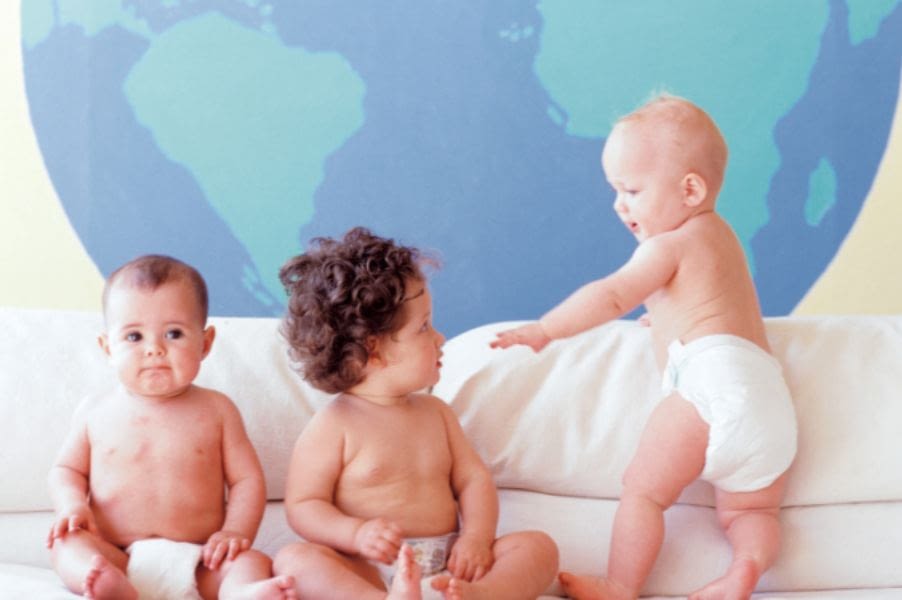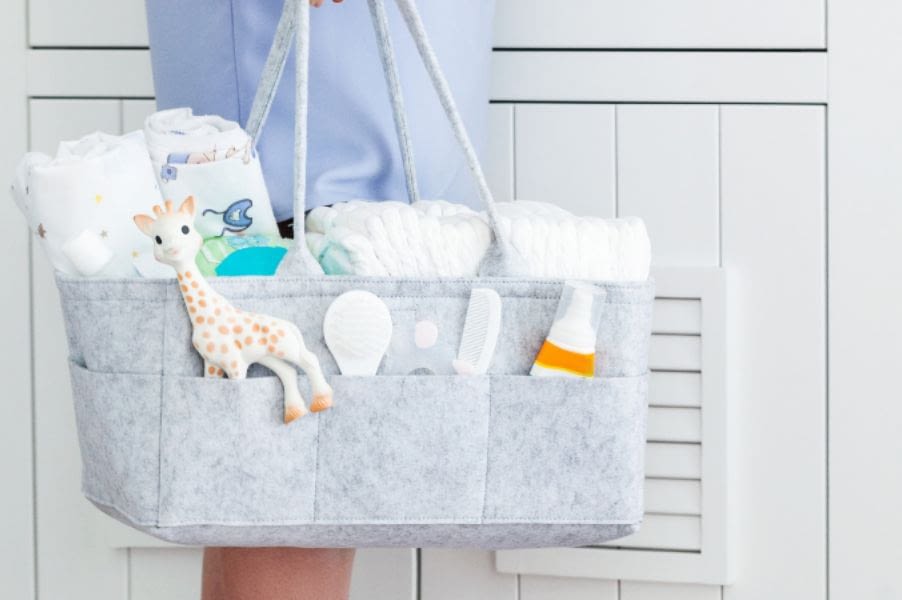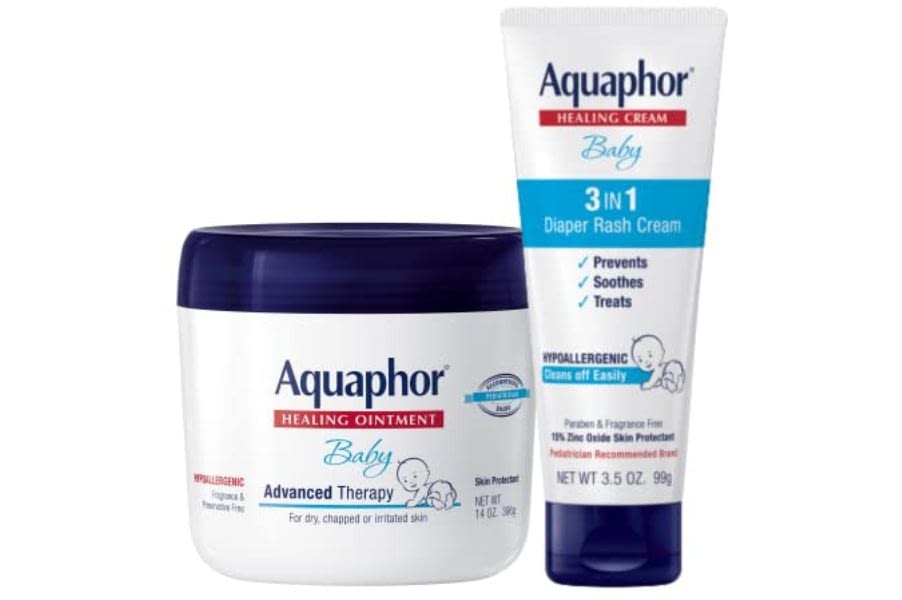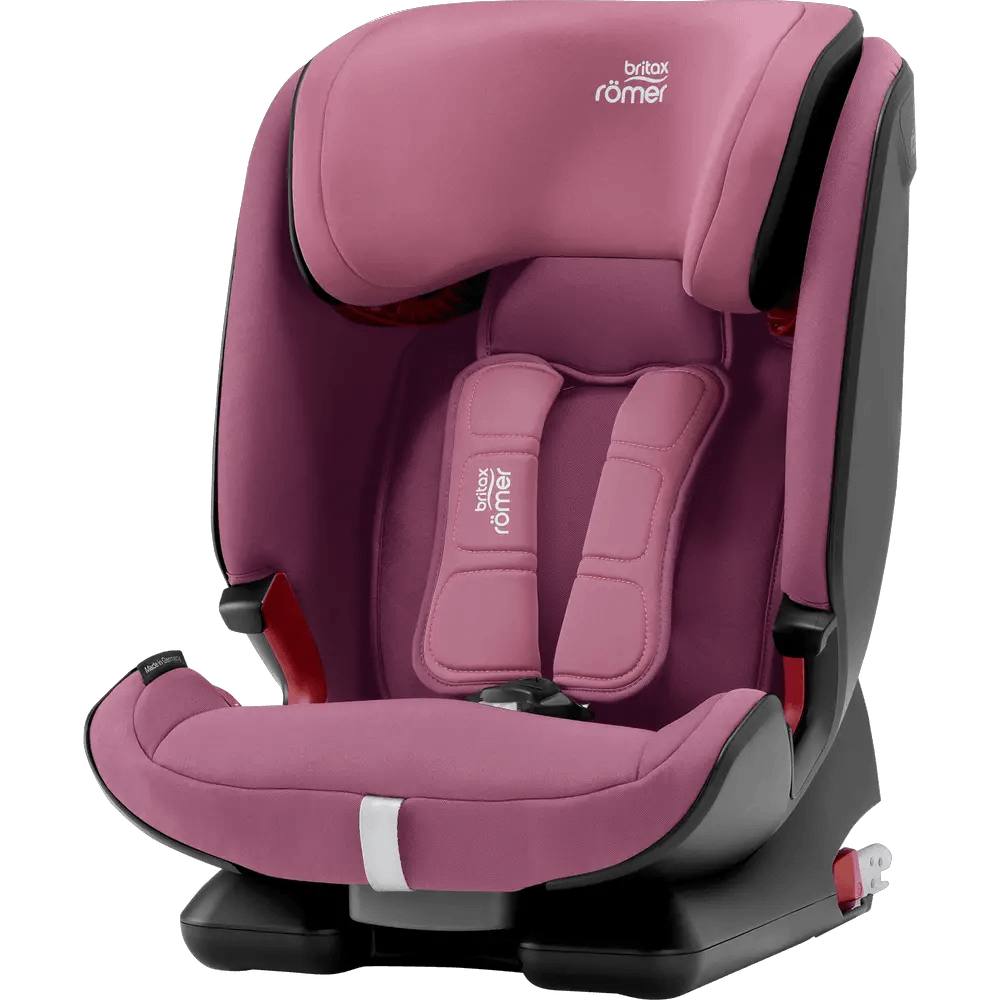As new parents, one of your umpteen decisions is selecting the right diaper for your baby. With countless brands on the market, weighing the pros and cons can be overwhelming. Two of the most popular brands, Pampers and Huggies, often go head-to-head in the diaper debate. In this comprehensive guide, we’re diving deep into Pampers vs. Huggies to help you make an informed decision that’s best for your baby’s comfort, eco-consciousness, and wallet.
Brand Overview: Pampers vs. Huggies
Background and History of Pampers
Pampers, owned by Procter & Gamble, pioneered the first disposable diaper in the late 1950s. Their products have evolved, offering various lines that cater to a baby’s development stages. Over the decades, Pampers has established itself as a leader in baby hygiene innovation.
Background and History of Huggies
Huggies, under Kimberly-Clark, came into the market in 1978 as a rival to Pampers and quickly became an equally trusted name among families. Known for their snug and secure fit, Huggies offers diapers designed to move comfortably with active babies.
Product Comparison: Pampers vs Huggies review
Regarding diaper brands, Pampers, and Huggies have long been at the forefront for parents seeking reliable quality for their little ones. My in-depth review considers several aspects: absorbency, comfort, fit, and skin-friendliness to help ease the decision-making process.
Absorbency and Leak Protection
Pampers diapers are renowned for their absorbency, with their LockAway Channels technology keeps wetness away from a baby’s skin, thus ensuring a dry and comfortable experience. Huggies also stands its ground with the Leak Lock System that provides up to 12 hours of protection—a necessity for overnight and extended wear.
Pampers and Huggies have undergone independent lab tests highlighting each brand’s approach to absorbency and leak protection. Studies show that Pampers might hold a slight edge in absorbency thanks to their unique absorbent gelling material. Huggies, however, frequently earn praise for their leak lock system that prevents nighttime accidents and spills.
Comfort and Fit
The comfort of a diaper is paramount for your baby’s happiness. Huggies’ design is lauded for its snug fit and flexible waistbands, which adapt to an active baby’s movements. Pampers respond with a contoured design and softer materials to ensure babies enjoy comfort and freedom of movement.
Skin-Friendliness
Both brands offer hypoallergenic lines for parents whose chief concern is their baby’s skin health. Pampers Pure Protection and Huggies Special Delivery are excellent choices, as they are made with skin-sensitive materials and avoid harsh chemicals.
Eco-Friendliness
With eco-awareness on the rise, both brands have made strides to reduce their environmental impact. Huggies and Pampers offer lines that use plant-based materials and promise less waste. Details from ecological impact reports can help eco-friendly families determine which brand aligns with their values.
Cost and Value ( Pampers vs Huggies Price)
Considering the regular purchase of diapers, cost-effectiveness becomes a significant factor. Sales data, consumer reports, and reviews can give insights into the cost per diaper and overall value against the quality provided. Pampers and Huggies offer loyalty programs to provide families with added value and savings.
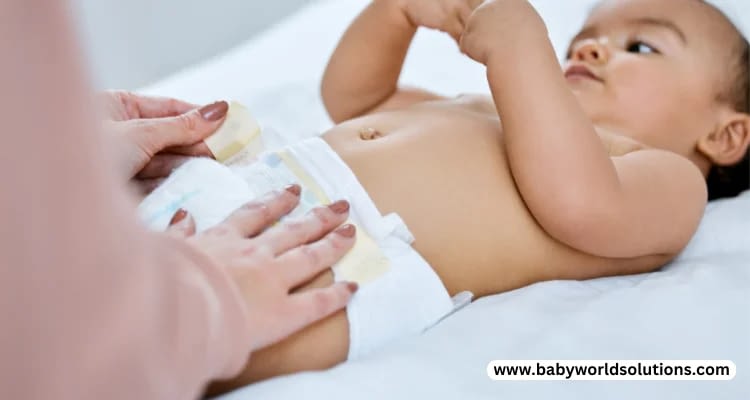
Customer Reviews and Feedback
Real-world experiences from other parents can be one of the best performance indicators. We’ve gathered insights across several platforms where parents weigh in on their experiences with Pampers and Huggies, sharing their stories on absorbency, comfort, and overall satisfaction.
Considerations for New Parents
Newborns vs. Active Babies
Your choice might vary depending on whether you have a newborn or an older, more active child. Brands offer specific product lines catering to different ages and activity levels, from Swaddlers ideal for newborns to pull-ups designed for potty training.
Pampers vs Huggies newborn: Parents often seek the gentlest and most secure options available for newborns. Pampers Swaddlers are highly regarded for their newborn-friendly design, featuring a cut-out notch to protect the umbilical cord stump. With their Little Snugglers line, Huggies offers a similar delicate touch for newborns, with gentle protections and a soft, quilted liner that takes away moisture.
Gender-Specific Options: Pampers or Huggies for girl, Pampers or Huggies for boy
While the fundamental design of diapers from both Pampers and Huggies is unisex, some parents ponder if there’s a preferable choice for girls or boys. Traditionally, absorbency is balanced throughout the diaper for both genders, but anecdotal evidence from parents suggests some prefer Huggies for boys due to their front-area leak protection.
Conversely, others feel Pampers offers a snug fit that could benefit girls. Ultimately, comfort and effectiveness rather than gender will likely guide parents’ choices.
Pampers vs Huggies for sensitive skin
Choosing the correct diaper for babies with sensitive skin is crucial to avoid irritation and discomfort. Parents must consider diapers free from allergens, dyes, and fragrances that could trigger sensitivity.
Dermatological studies and hypoallergenic product lines are available from both Pampers and Huggies, ensuring an option to keep your baby rash-free and comfortable.
- Diapers for Sensitive Skin from Pampers: Pampers offers a specific line known as Pampers Pure Protection, which caters to babies with sensitive skin. These diapers are crafted with premium cotton, soft plant-based fibers, and other thoughtfully selected materials. They are free of chlorine bleaching, fragrance, parabens, and latex, which makes them a gentler choice for a baby’s delicate skin.
- Diapers for Sensitive Skin from Huggies: Huggies has its own solution with the Huggies Special Delivery diapers, touted as their softest diaper with a hypoallergenic and dermatologist-tested formula. These diapers are made with plant-based materials and are free from harmful chemicals and fragrances, making them suitable for sensitive skin.
- Dermatological Endorsements: It’s advisable to look for dermatological endorsements or certifications when considering diapers for sensitive skin. Pampers and Huggies have products clinically proven to be hypoallergenic and gentle on the skin, endorsed by pediatricians and dermatologists.
- Evaluating Parent Reviews and Clinical Studies: A handy tip for parents is to read reviews and testimonials from other parents who manage sensitive skin conditions. Additionally, consulting with pediatric dermatological clinical studies can provide further assurance in making an informed choice.
By choosing diapers that prioritize the protection of sensitive skin, parents can ensure their baby is not only dry but also free from potential skin irritants. Whether your preference leans toward Pampers Pure Protection or Huggies Special Delivery, your baby’s comfort, health, and happiness remain the priority.
Eco-Friendly Options
Biodegradable Diapers
Consider biodegradable options as an alternative to traditional disposable diapers. They are designed to break down more quickly in landfills, minimizing the environmental impact.
Cloth Diapers
For parents looking to step away from disposables entirely, cloth diapers offer a sustainable and reusable option that’s gentle on the planet and your pocketbook over time.
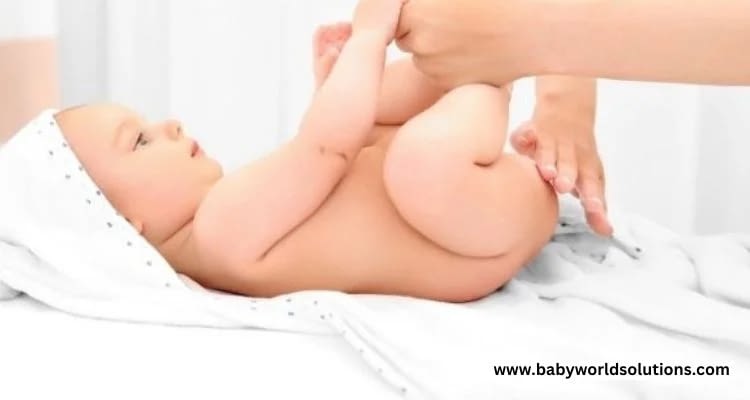
What is the difference between Huggies and Huggies Plus?
While Huggies is known for its broad array of diaper products designed to meet varying needs, there often needs to be clarity between the standard Huggies line and the Huggies Plus. The “Plus” variant is an exclusive range, typically available at select retailers, offering enhanced features compared to the regular line.
Enhanced Absorbency
Huggies Plus diapers include an extra absorbency layer designed to provide additional protection, particularly useful for lengthy periods such as nighttime when changing diapers frequently might not be feasible.
Softer Materials
The Plus line often boasts materials with increased softness, aiming to provide a more comfortable experience for babies, which could be crucial for those with extra delicate skin or who might be prone to irritation.
Exclusive Features
Certain features are exclusive to the Huggies Plus line, such as the Leak Lock system that delivers further security against leaks and the DryTouch liner that keeps moisture away from the baby’s skin for prolonged periods.
Cost Difference
Due to the added benefits, Huggies Plus diapers are generally priced higher than the standard ones, which is something budget-conscious parents may want to consider before making a purchase.
To summarize the distinctions, Huggies Plus diapers are designed with a particular focus on enhanced performance and comfort. While they share some similarities with the regular Huggies, they stand out due to their exclusive features and advanced absorbency. Parents must balance the benefits with the price difference and decide accordingly based on their baby’s needs and budget.
Conclusion: Huggies vs Pampers diapers
Whether you lean towards Pampers with their premium absorbency and soft comfort or favor Huggies for their secure fit and excellent leak protection, the right choice will depend on your priorities and your baby’s unique needs. Remember, what works for one child may not work for another. Consider your baby’s skin sensitivity, environmental impact preferences, and budget while making the decision.
No matter which brand you choose, celebrate the journey of parenthood and know that you’re doing what’s best for your child and family.We encourage you to embrace this time of discovery with your little one and feel confident in your choices for their care and comfort.
Parents Also Ask
How does the Pampers wetness indicator work?
The indicator is a yellow line from the front to the back of the diaper. When the diaper is dry, the line is a pale yellow color. As the diaper becomes wet, the line changes to a blue-green hue, signaling it might be time for a change. This simple yet innovative tool helps parents keep their children comfortable and can prevent the discomfort and skin issues associated with prolonged exposure to wetness.
Huggies little snugglers vs special delivery
Sensitive skin requires extra care, and Pampers and Huggies provide offerings explicitly designed with sensitivity. Pampers Pure Protection diapers are crafted without chlorine bleaching, fragrance, or latex and include premium cotton and other soft materials.
Huggies Special Delivery promotes skin health, being paraben-free, fragrance-free, and hypoallergenic. In the sensitive skin arena, the two brands vie closely, and the decision may come down to which brand fits a baby’s shape and movement patterns better while maintaining skin integrity.
1 Visit today

